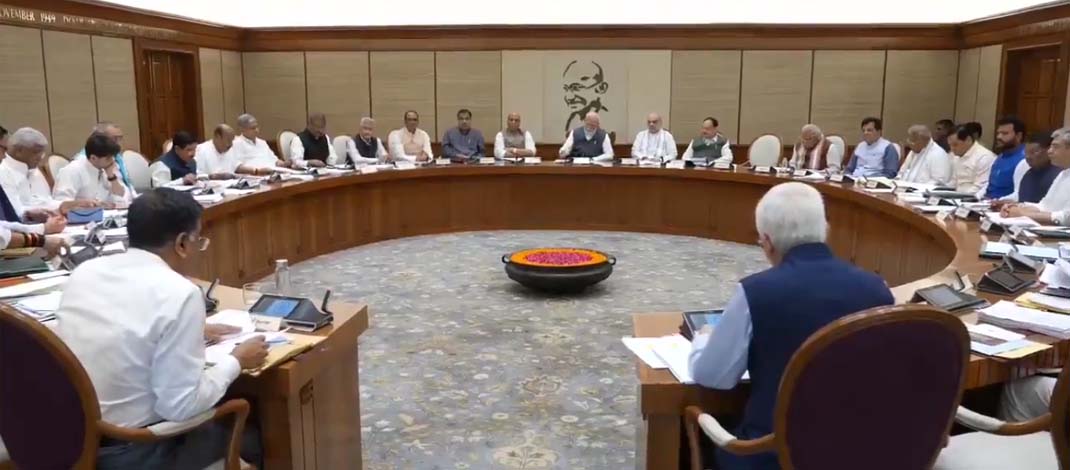- Courses
- GS Full Course 1 Year
- GS Full Course 2 Year
- GS Full Course 3 Year
- GS Full Course Till Selection
- Online Program
- GS Recorded Course
- NCERT (Recorded 500+ Hours)
- Polity Recorded Course
- Geography Recorded Course
- Economy Recorded Course
- AMAC Recorded Course
- Modern India, Post Independence & World History
- Environment Recoded Course
- Governance Recoded Course
- Science & Tech. Recoded Course
- International Relations and Internal Security Recorded Course
- Disaster Management Module Course
- Ethics Recoded Course
- Essay Recoded Course
- Current Affairs Recoded Course
- CSAT
- 5 LAYERED ARJUNA Mentorship
- Public Administration Optional
- ABOUT US
- OUR TOPPERS
- TEST SERIES
- FREE STUDY MATERIAL
- VIDEOS
- CONTACT US
Bhutan-China Relations
Bhutan-China Relations
25-10-2023

Context
Recently, China and Bhutan held the 25th round of boundary talks and signed the "Cooperation Agreement”.
Highlights of the Bhutan-China talks
- A "Cooperation Agreement" between the two nations describes how a Joint Technical Team (JTT) will work to demarcate and demarcate the boundary between Bhutan and China.
- The formal demarcation of the border between the two countries is expected to follow a three-step road plan that has been agreed upon by the two nations.
- None of the Permanent Members of the UN Security Council (P5) have diplomatic ties with Bhutan.
- China has stated that it hopes for the two nations to start talking as soon as possible.
- China has declared its willingness to engage in bilateral cooperation at all levels in a variety of areas, including trade, tourism, culture, and the economy.
How will the boundary talks affect India?
- India kept a careful eye on these discussions between China and Bhutan because of the potential consequences for its national security.
- Bhutan and China are at odds over the trijunction site close to Doklam.
- India has protested Chinese construction in the area, and China claims that Indian military have invaded their land to stop construction.
- Bhutan, though, has asserted that India's interests would not be impacted by any arrangement with China.
- The tri-junction point is located close to the Siliguri corridor, which links mainland India with the northeastern states of India.
- India has asserted that the corridor may be impacted by a swap agreement between China and Bhutan on regions to the north, such as the Pasamlung and Jamparlung valleys, with Doklam to the west.
India-Bhutan relations
- Bhutan became a British Indian protectorate in 1910, which marked the beginning of India's ties with Bhutan.
- As India gained independence in 1947, Bhutan was among the first nations to acknowledge India's independence.
- In 1949, the bilateral relations between India and Bhutan were established with the signing of the Indo-Bhutan Treaty of Peace and Friendship.
- In order to strengthen Bhutan's sovereignty and increase collaboration in the cultural and economic spheres, the treaty was revised in 2007.
- The border between India and Bhutan is 699 kilometres long.
Conclusion
Any boundary agreement with China will need to take into account Bhutan's concerns and safeguard India's interests at the same time.
India must therefore assume that Bhutan will take India's interests into account in its negotiations and approach the boundary negotiations with an awareness of Bhutan's priorities and logic.


